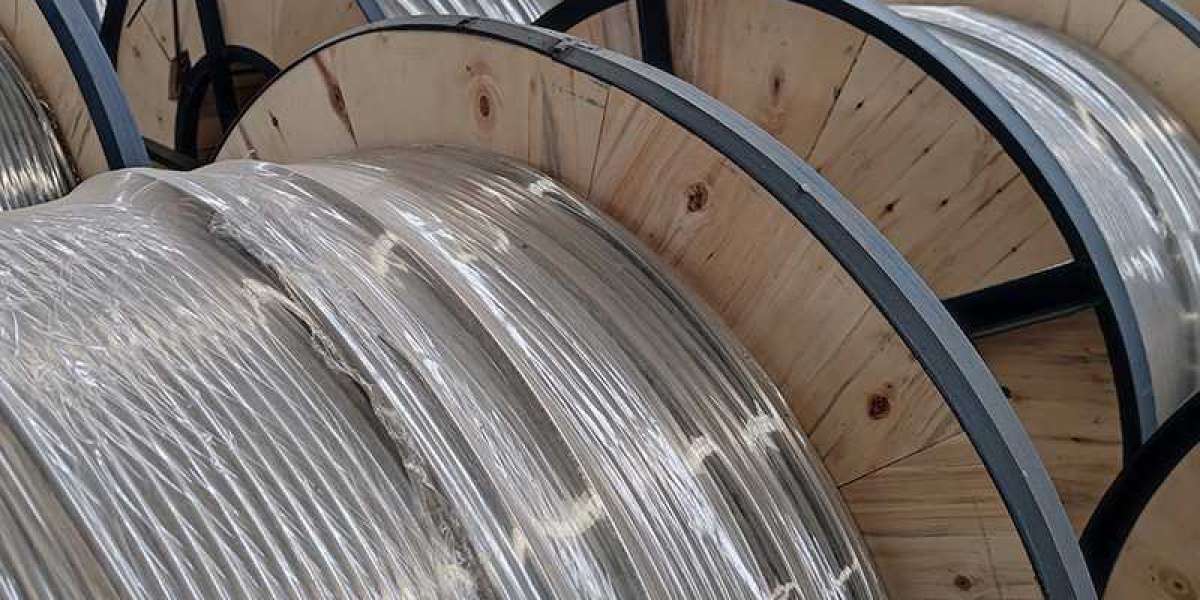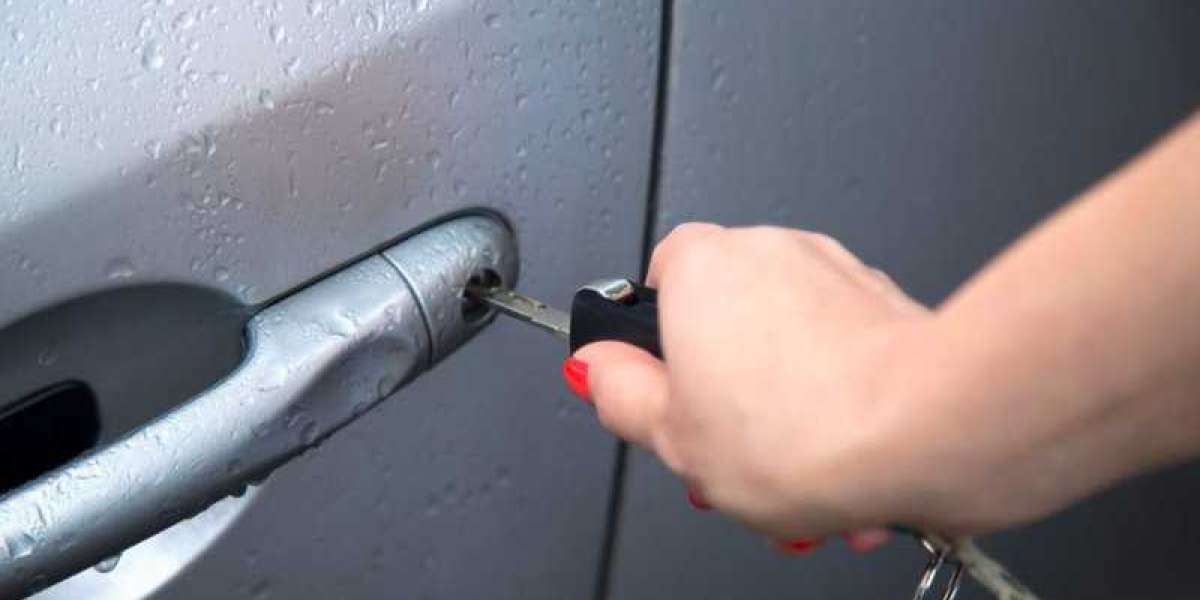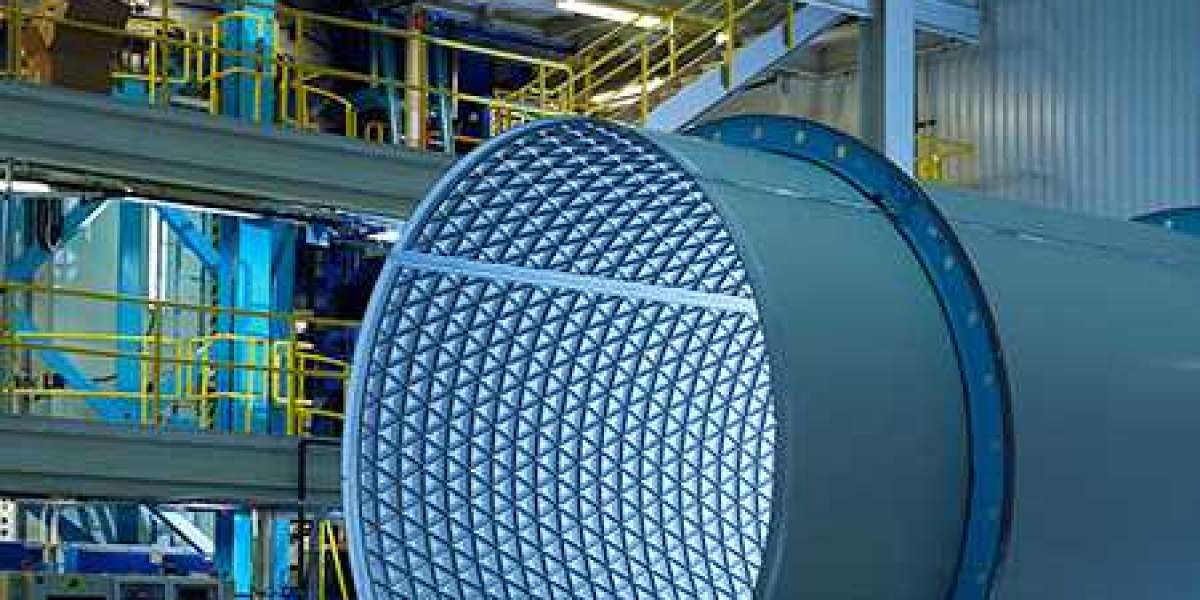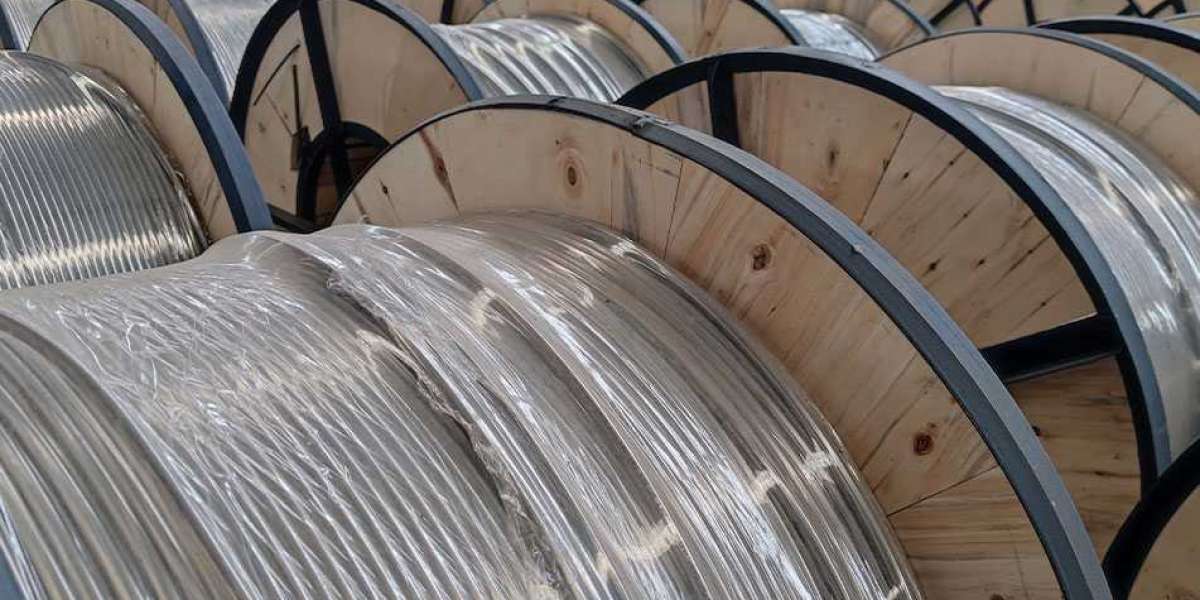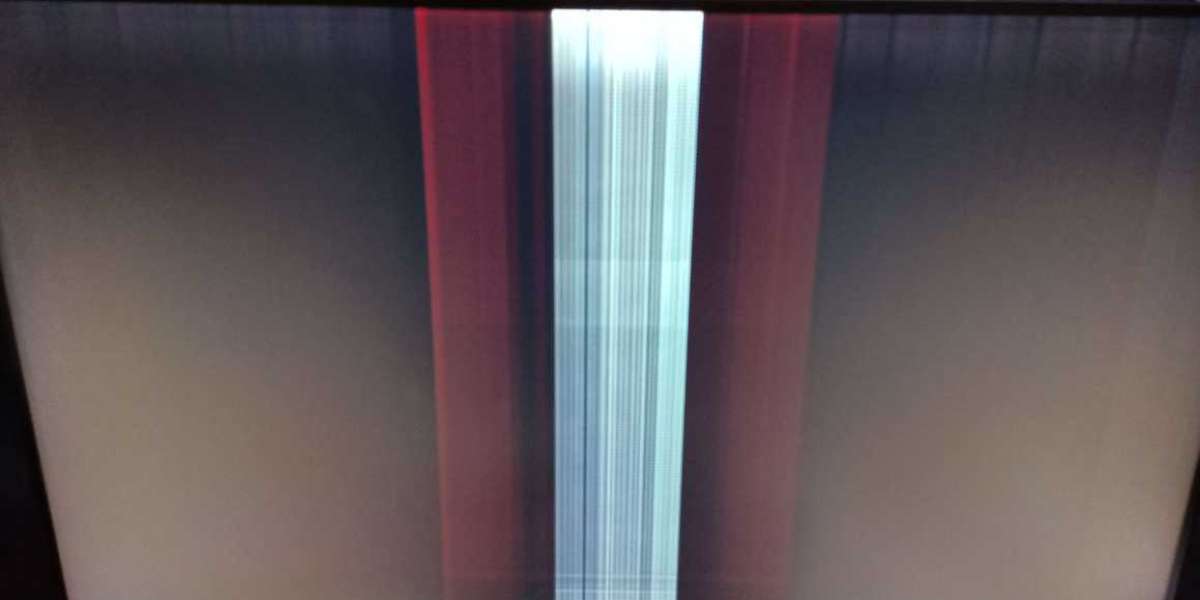Seamless welded copper tubes are widely used in air conditioning, refrigeration, heat exchangers, and some high-end machinery and electronic equipment. Due to the extremely high quality requirements of its application environment, ensuring that the quality and performance of copper tubes meet the standards has become a key link in the production process. In order to ensure the reliability of seamless welded copper tubes, countries and regions around the world have formulated a series of strict inspection and testing standards. The following are common standards and requirements for the inspection and testing of seamless welded copper tubes.
1. Appearance inspection
The appearance of is an important part of the preliminary inspection. The basic requirements for appearance inspection include:
Surface smoothness: The surface of the copper tube should be free of obvious scratches, cracks, pores and other defects.
Welded joints: The welded joints should be flat without obvious weld nodules and weld slag, and the welding transition should be natural and smooth, without cracks or other defects.
No oxide layer: There should be no obvious oxide layer on the surface of the copper tube, especially at the welding point, to ensure that no "blue-black" oxide layer is formed.
2. Size and appearance inspection
The size of the copper tube is a key indicator to ensure installation and performance. Dimension and shape inspection usually includes:
Outer diameter and wall thickness: The outer diameter and wall thickness of the copper tube should strictly meet the design requirements and be measured using special measuring tools (such as calipers, micrometers, etc.).
Straightness and curvature: The copper tube should ensure straightness and the curvature should not exceed the specified standard. For curved copper tubes, it is also necessary to measure its bending radius and angle.
Length error: The length of the copper tube should meet the standard requirements, and the error is usually controlled within ±1mm.
3. Physical property testing
The physical properties of seamless welded copper tubes include tensile strength, elongation, hardness, etc., which are mainly verified by the following test methods:
Tensile strength test: The copper tube sample is stretched using a tensile testing machine to test its tensile strength. Depending on the different uses, the tensile strength of the copper tube should be between 150 MPa and 300 MPa.
Elongation test: The elongation of the copper tube is determined by a tensile test to ensure that the copper tube has sufficient plasticity.
Hardness test: The hardness of the copper tube is tested by a Rockwell hardness tester (HRB or HRC) to ensure that it is not easily affected by external forces.
4. Welding quality inspection
The welding quality is directly related to the strength and durability of the copper tube. The welding quality inspection includes:
X-ray or ultrasonic flaw detection: Use X-ray or ultrasonic nondestructive testing to detect potential pores, cracks or poor welding problems.
Microstructure inspection of welded joints: Use a metallographic microscope to observe the microstructure of the welding area and check whether there are defects such as uneven structure, pores or grain coarsening at the weld.
5. Pressure test
The pressure test is used to verify the bearing capacity of copper tubes under high pressure environments, mainly including:
Hydropressure test: After filling the copper tube with water, a certain high pressure is passed to check whether the pipeline leaks or breaks under high pressure conditions. Generally, the pressure of the hydropressure test should be 1.5 times the design pressure of the copper tube.
Air pressure test: In some special cases, copper tubes will also undergo air pressure tests to ensure the sealing of copper tubes in gas environments.
6. Corrosion resistance test
Since copper tubes are often used in air conditioning, refrigeration and other industries, they need to have strong corrosion resistance. Common methods for corrosion resistance testing include:
Salt spray test: Put the copper tube into a salt spray test chamber to simulate the marine climate environment and test the corrosion resistance of the copper tube. The standard time for salt spray test is usually 48 hours.
Acid and alkali corrosion test: Soak the copper tube in acid and alkali solution to test its tolerance to different corrosive media.
7. Chemical composition analysis
The chemical composition of the copper tube is the basis for ensuring its performance. Common chemical composition analysis methods include:
Spectral analysis: Use a spectral analysis instrument to detect the chemical composition of the copper tube to ensure that the content of copper, lead, tin, iron and other elements in the copper tube meets the standard.
Mass fraction inspection: Ensure that the copper content of the copper tube meets the alloy design requirements, generally with a purity of more than 99%.
8. Standards and certifications
Different regions and industries have different standard requirements for seamless welded copper tubes. Common standards include:
ISO 9001: The quality management system standard established by the International Organization for Standardization ensures that the production process meets the specifications.
ASTM B280: Copper tube standard developed by the American Society for Testing and Materials (ASTM), covering the manufacturing, inspection and testing requirements of seamless copper tubes.
EN 1057: European standard, mainly specifies the technical requirements for seamless copper tubes used in water supply and heating systems.
GB/T 5231: Chinese national standard, which specifies the technical requirements and inspection methods for seamless copper tubes.
The inspection and testing of seamless welded copper tubes is a systematic and comprehensive process involving appearance, size, physical properties, welding quality, pressure bearing capacity, corrosion resistance and other aspects. Following strict international standards and domestic specifications can not only ensure the quality of copper tubes, but also ensure their reliability and long life in various application scenarios. Quality control should be highly valued in every production link. Only through strict inspection and testing can high-quality copper tube products that meet the requirements be provided.
